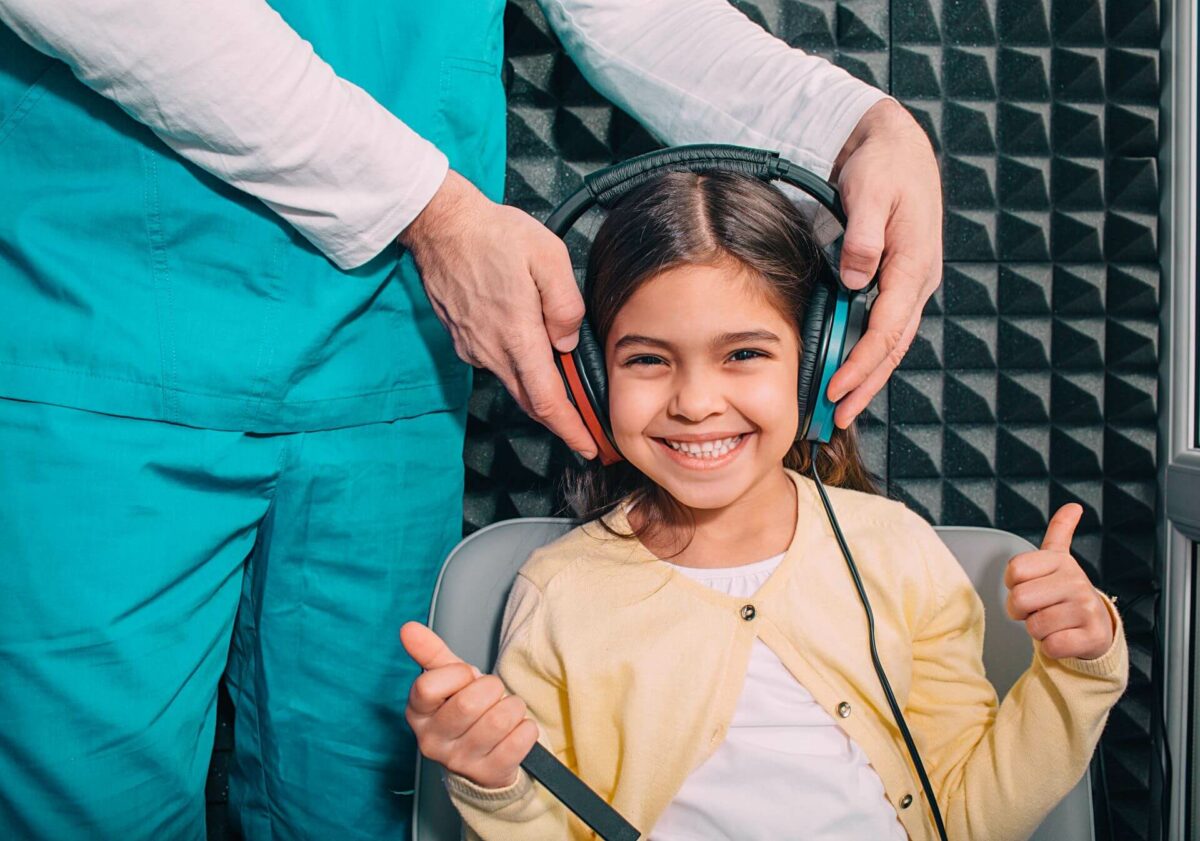- Are Cochlear Implants Worth It? - June 6, 2025
- Tips for Using Hearing Aids in Different Environments - May 27, 2025
- Rechargeable Hearing Aids vs. Battery-operated Hearing Aids - May 16, 2025
As the academic year kicks off and students of all ages prepare to head back to school, it’s important to address the needs of those who may face unique challenges in the classroom environment. Among such challenges, hearing loss stands out as a condition that can significantly impact a student’s educational experience. In this comprehensive guide, we will explore the different aspects of hearing loss, its effects on students, and strategies to support students with hearing loss across all levels of schooling.
Understanding Hearing Loss
Hearing loss is a prevalent sensory impairment that affects millions of individuals worldwide. It can range from mild to profound and may be caused by a variety of factors including genetics, exposure to loud noises, infections, and aging. The degree of hearing loss directly influences a person’s ability to perceive and understand sounds, which in turn affects their communication skills and interactions with the environment.
The Impact of Hearing Loss on Education
For students with hearing loss, the classroom environment can pose unique challenges that hinder their learning and academic progress. Clear communication is vital in a learning setting, and hearing loss can significantly disrupt this process. Students may struggle to follow lectures, participate in class discussions, and comprehend spoken instructions. As a result, their academic performance might suffer, and they may experience feelings of isolation and frustration.
Strategies for Success
To ensure that students with hearing loss have an equal opportunity to succeed in their education, it’s crucial for educators, parents, and the students themselves to work collaboratively. Here are some strategies that can help create a supportive learning environment:
Communication Accessibility
Teachers should prioritize clear and effective communication. They can achieve this by facing the students when speaking, using visual aids, and utilizing captioning or transcription services when available. Students with hearing loss should also be encouraged to communicate their needs and preferences to their teachers.
Seating Arrangements
Strategic seating can make a significant difference. Students with hearing loss should be seated where they have a clear line of sight to the teacher and any visual aids such as the whiteboard or screen. This can enhance their ability to lip-read and follow along with the presentation.
Assistive Technology
Advancements in technology have provided numerous assistive devices that can greatly benefit students with hearing loss. These include hearing aids, cochlear implants, and FM systems. Schools should work with families to ensure that students have access to the appropriate technology and that teachers are trained in their use.
Inclusive Classroom Practices
Educators should adopt inclusive teaching practices that benefit all students, including those with hearing loss. Providing written instructions along with verbal explanations, promoting group discussions that allow for multiple modes of communication, and offering alternative assessment methods can create a more inclusive classroom environment.
Education and Awareness
Raising awareness about hearing loss within the school community can foster empathy and understanding. Workshops, presentations, and discussions can help students and teachers learn about the challenges faced by their peers with hearing loss and how to be supportive.
Hearing Loss Support Across School Levels
Supporting students with hearing loss requires a tailored approach that considers the specific needs of each age group and academic level. Here are some considerations for each stage of schooling:
- Early Childhood Education
Early intervention is crucial for children with hearing loss. As the youngest learners, preschools and kindergartens should collaborate with audiologists, speech-language pathologists, and parents to provide the necessary support. This may include speech therapy, sign language instruction, and the use of assistive devices.
- Elementary School
In elementary school, teachers can play a pivotal role in creating a positive learning experience for students with hearing loss. Emphasizing classroom inclusivity, encouraging peer interactions, and facilitating open communication with both parents and the student can help build a strong foundation for their academic journey.
- Middle School
As students transition to middle school, they may face more complex schedules and classrooms. It’s essential to ensure that their assistive devices are well-maintained and that teachers are trained to use them effectively. Additionally, fostering self-advocacy skills in students can empower them to communicate their needs confidently. Again, open communication between educators, students and parents is key to success.
- High School
In high school, students with hearing loss may need to prepare for post-secondary education or the workforce. This is an opportune time to refine their self-advocacy skills and explore potential career paths that align with their strengths and interests.
Collaborative Efforts for Success
Supporting students with hearing loss in the educational setting is a collaborative effort that involves educators, parents, school administrators, and the students themselves. Open lines of communication between parents and educators and a commitment to inclusivity are key to ensuring that every student can thrive academically and socially.
If you have any questions about today’s topic or would like to schedule a comprehensive hearing checkup, please contact us. Our friendly staff are ready to assist you.

